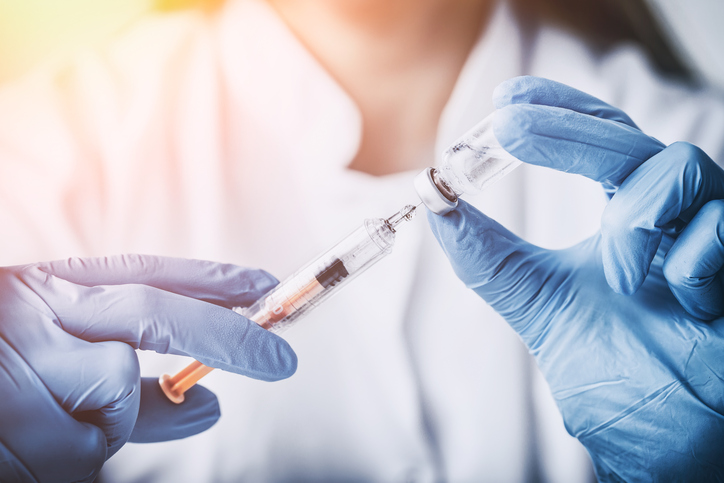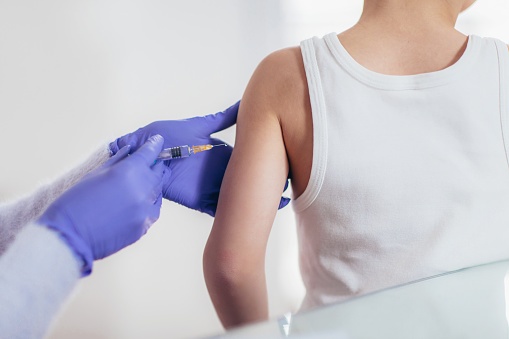A study in the European Journal of Pharmaceutical Sciences investigated the absorption, metabolism, and excretion, as well as the pharmacokinetics (PK) of tritium–labelled somapacitan ([3H]–somapacitan), and deemed that somapacitan was well tolerated with no surprising safety concerns observed in male patients with adult growth hormone deficiency (AGHD).
Lead author, Hans Helleberg, and colleagues detailed that “five metabolites were detected in plasma as productes from proteolytic degradation,” and that “somapacitan was further extensively degraded to small–molecule metabolites.
In the trial, seven male patients received a single subcutaneous dose of 6 mg of somapacitan containing [3H]–somapacitan 20 MBq. Samples of blood, serum, plasma, urine, feces, and expire air were assessed for radioactivity.
At 28 days post–treatment, 94.0% of the administered dose was recovered as [3H]–somapacitan–related material. Most of the material was excreted in urine (80.9%), while 12.9% was excreted in feces, and a marginal amount (0.2%) was exhaled. Researchers identified three abundant plasma metabolites: P1, M1, and M1B; and two abundant urine metabolites: M4 and M5. They calculated that the exposure of intact somapacitan accounted for 59% of the total exposure of all somapacitan–related material, P1 accounted for 21%, and M1 plus M1B accounted for 12%. For urine metabolites, M4 accounted for 37% and M5 accounted for 8% of the dosed [3H]–somapacitan radioactivity. There were six reported adverse events (AEs) from two of the test subjects. According to the report, all were mild and likely unrelated to the study treatment.
Given their findings, including a recovery rate above the 90% target, the study’s authors ultimately judged that a single dose of 6 mg of somapacitan was effective, well–tolerated, and safe for adult male patients with AGHD.






 © 2025 Mashup Media, LLC, a Formedics Property. All Rights Reserved.
© 2025 Mashup Media, LLC, a Formedics Property. All Rights Reserved.